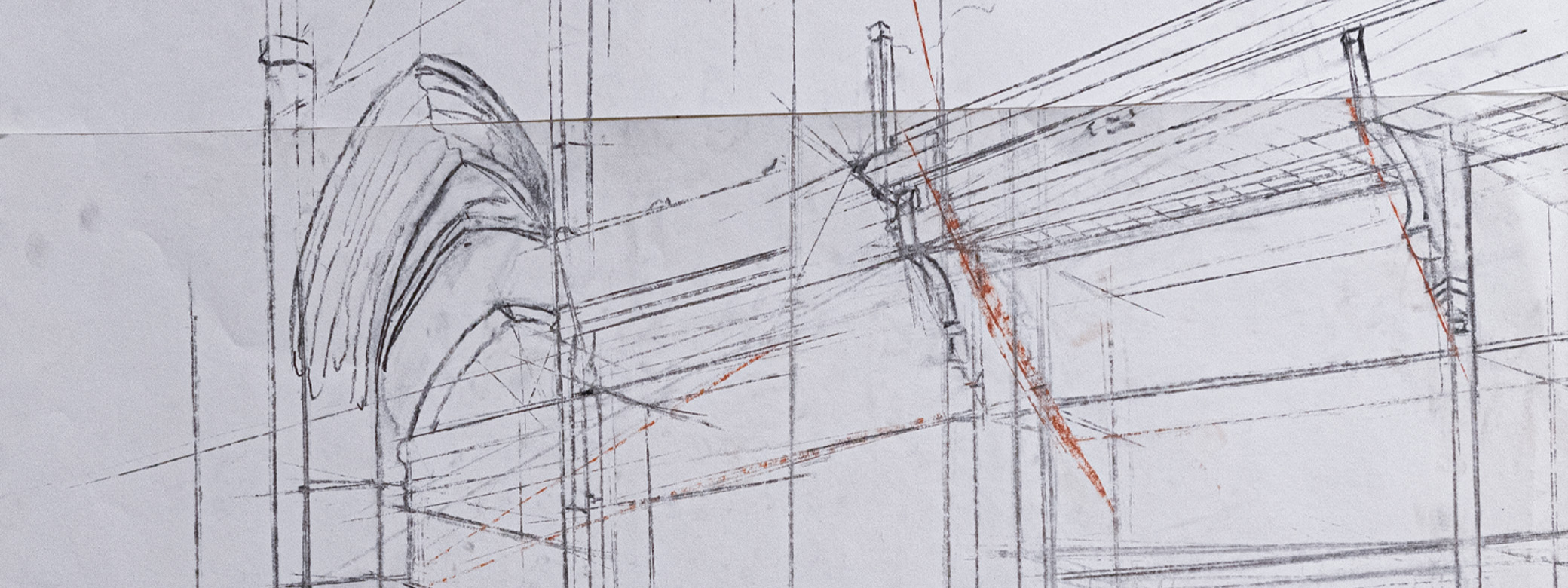Background
Alexis Calma is a senior majoring in both Art History and English. She has taken advantage of study abroad in Italy, and she is pursuing the honors option in Art History. Liz Copland, an academic adviser for the School of Art + Art History + Design, interviewed Alexis via email.
Interview
What brought you to UW and how did you select your majors in Art History and English?
I originally came to UW pursuing a degree in Biology and planned to eventually apply for med school to become a pharmacist. That plan was quickly derailed during the spring quarter of my freshman year when I took ENGL 202 and ART H 309, Intro to English and Victorian Art respectively. I have always enjoyed my English classes and reading about art has been a hobby of mine since I was a child. Taking the combination of ENGL 202 and ART H 309 made me realize that there was potential for my love of the arts outside of just enjoyment, that there was a career path where I could engage with the novels and paintings I was passionate about. Once I had that realization, I submitted my application to become a double major in English and Art History and haven’t looked back since.
What do you love most about Art History as a discipline?
What I love the most is that I get to engage with different cultures and points of view spanning thousands of years visually. With written work, I always fear that something will get lost in translation, whether it be through time or language. I don’t have that fear when studying pieces of art.
You were able to study abroad before the pandemic hit the world. Where did you go and what was that experience like?
I studied abroad in Italy in the autumn of 2019, and it’s an experience I will always cherish. Growing up, I would check out art books about the Italian Renaissance from my local library and spend hours examining sculptures and frescoes. As an Art History major, I was able to analyze those same works from an academic standpoint. To see those same works in person was a surreal experience, and it felt like a culmination of everything I had done up to that point.
How has your classroom experience changed during the pandemic?
While I’m thankful that switching to an entirely virtual classroom has not interrupted my learning too much, I can’t help but feel there is something lost when we are not all in the same room at the same time. The togetherness of experiencing a lecture at the same time or sharing your thoughts without accidentally interrupting each other is something I definitely miss.
What has been your favorite Art History course to date, and what did you love about it?
My favorite Art History course was ART H 204 (The Two Michelangelos) taught by Professor Stuart Lingo and Professor Estelle Lingo. It really felt like the course was tailormade for me as we compared and contrasted works by Michelangelo and Caravaggio, two of my favorite artists to study. I find the Italian Renaissance and Baroque periods to be incredibly fascinating, so to be able to do a deep dive into each while being anchored by the two artists was both fun and interesting.
You are currently in Art History Honors. What are you working on for your thesis paper?
I’m focusing on Paul Cézanne’s relationship with depicting the temporality of nature in his landscape paintings and how it changed throughout his lifetime. Through the development and refinement of color modulation and the constructive brushstroke, Cézanne spent most of his life reconciling the opposing forces that characterized nature: constructivist yet fluid, crystalline yet musical. I was intrigued by the manifestation of this conundrum, especially in Cézanne’s later works on Mont Sainte-Victoire and Bibémus Quarry, and I hope to share my findings in my thesis.
Do you have any advice for students exploring Art History as a major?
My advice is to try studying abroad! It truly is a once in a lifetime experience and seeing art in person really solidified my interest in researching its history. I highly recommend applying to a study abroad program (once the world recovers) and establishing that firsthand connection to the art you are interested in researching.
Your graduation is on the horizon. Any post-graduation plans?
I’m currently the co-managing editor of Bricolage, the annual literary and visual arts journal published at UW. I’ve thoroughly enjoyed the process of publishing student works and, in the future, I hope to one day unite both my English and Art History majors by publishing books, journals, or articles focused on art.

